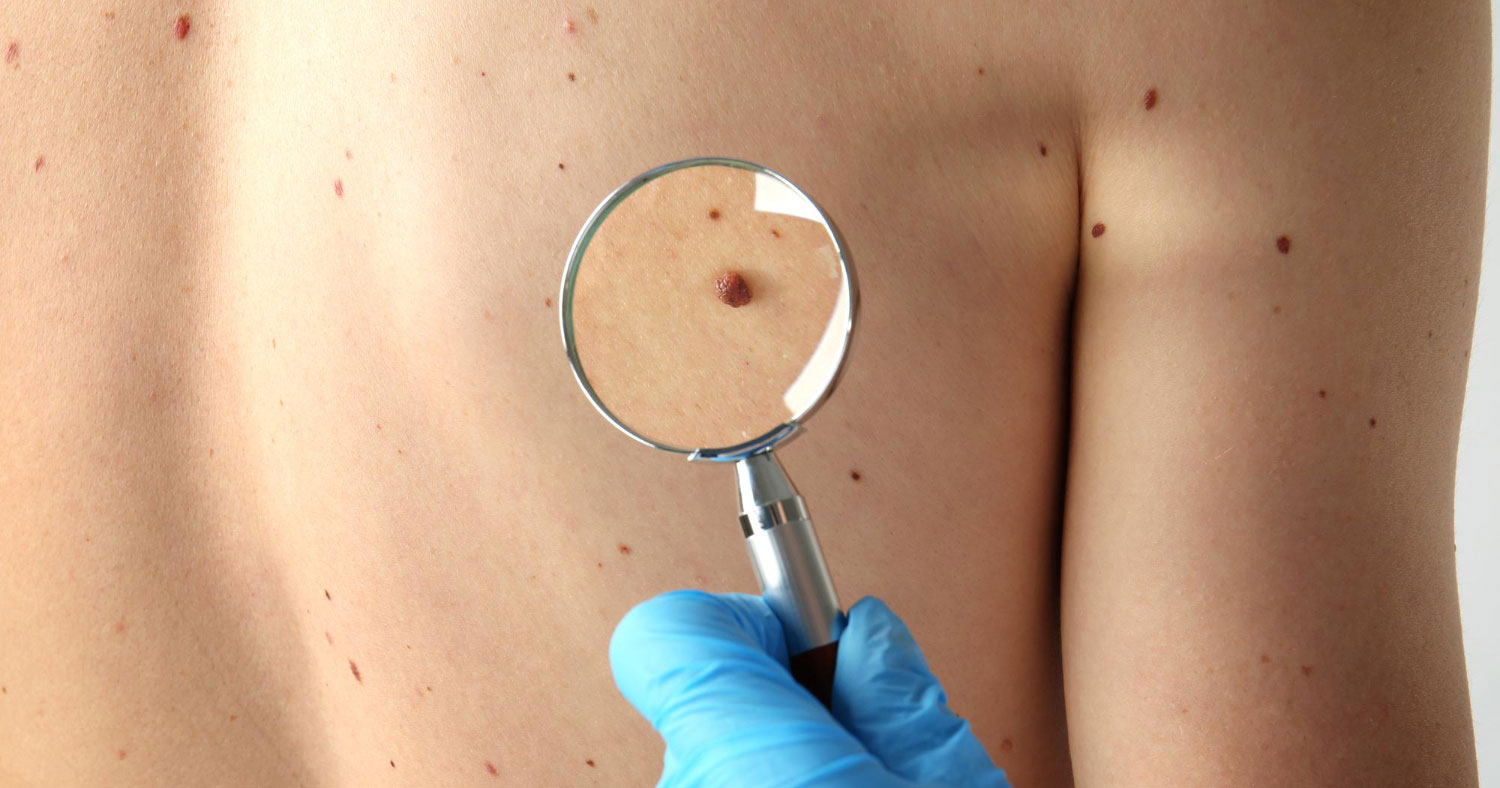Ηands and especially wrist, palm and fingers are undoubtedly the most active parts of the human body. All necessary daily human activities are performed by hand: cooking and eating, bathing, driving, shipping, communication, etc.
At the same time, hands play a significant role in a number of occupations, from traditional manual to up-to-date entirely computer-based digital ones, resulting in their strain.
In addition, in case of traffic accidents and injuries, hand injury is very common as hands are used unconsciously as a shield.
Hand strain is due to its function nearly 24/7, resulting in frequent injuries, syndromes and diseases. Due to such variety and complexity of hand-held diseases, hand surgery evolves into an independent medical specialization.
Hand surgery
Hand surgery is performed in the area of the palm, wrist and fingers by curing, correcting any lesions and relieving pain. Hand procedures are usually short – lasting from 15 minutes to 2 hours.
Carpal Tunnel Syndrome
Carpal tunnel syndrome is the most usual hand condition. Pressure is build up on the middle nerve, which innervates all fingers apart from pinky and is within the carpal tunnel. Carpal tunnel syndrome is manifested as numbness, tingling sensation or aching of the thumb, index, middle and part of the ring finger.
Hand surgery of carpal tunnel syndrome is performed with an incision along the wrist and palm.
Arthritis
Arthritis can affect the hand. It may result from an injury (fracture or ligament rupture), chronic stress or rheumatoid arthritis in one or more hand joints.
Arthritis subjects experience acute pain and ankylosis as the cartilage is gradually destroyed due to friction while inflammation can also coexist.
Other surgically treated hand conditions
Hand surgery treats a wide range of illnesses, which can cover volumes of medical books. Indicatively, some of the most common conditions requiring surgical treatment are:
- Dupuytren’s disease (a fibro-proliferative condition affecting the palmar and digital fascia)
- Mallet finger
- Ulnar nerve syndrome
- Trigger finger
- Tennis and golf elbow
- Vascular and bone tendon injury
- Soft tissue loss due to injury
Congenital hand abnormalities surgery
Another significant specialization of hand surgery is birth defects. Most common birth conditions are congenital (the child is born with two or more fingers or a lapping membrane between the fingers) and polydactyly (the child is born with extra fingers).
In birth defects, surgery can be simple enough or extremely complicated, depending on which parts are involved in the lesion. If damage is restricted to skin and soft tissues, surgery is easier, unlike when bones are involved.
Congenital hand abnormalities surgery usually occurs in children form 6 months to 2 years old.
Anesthesia
The majority of hand surgeries, depending on the cause and degree of lesion and the technique applied, are performed under local anesthesia or partial narcosis of the whole hand (stem narcosis). An exception may be complicated rheumatoid arthritis and birth defects, where general anesthesia may be required.
The best method is selected by the physician and the anesthesiologist, aiming at patient comfort and safety during the operation.
Postoperatively
After the hand surgery elastic fastening and in some cases the immobilization of the wrist and the palm with plaster is required.
Results and Recovery
After the hand surgery the subject shall surely need help in performing daily manual activities until full recovery, which lasts from 10 days to 1 month.
Hand surgery result depends on keeping the physician’s instructions during recovery and changing hand burdening habits, such as weight lifting. Depending on each condition, full hand functionality may be restored after a year.
Cost
Hand surgery cost depends on the extent of the area operated and each individual case (patient). Furthermore, the cost of hospitalization, any pre- or postoperative medical tests required and medication should be taken into account as well.

